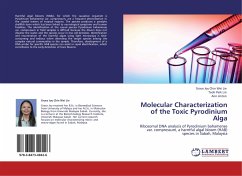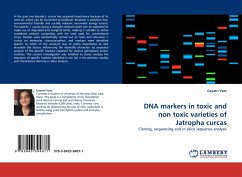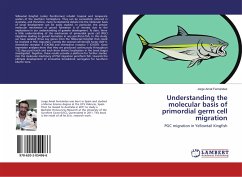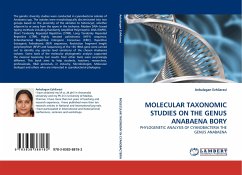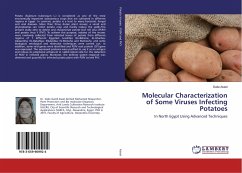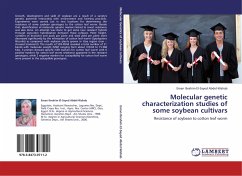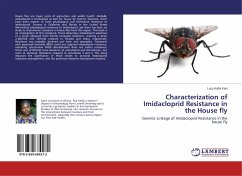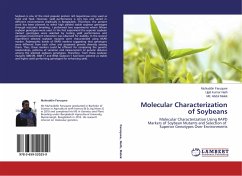Harmful algal blooms (HABs), for which the causative organism is Pyrodinium bahamense var. compressum, are a frequent phenomenon in the coastal waters of tropical regions. The species produces a paralytic shellfish toxin which has been linked to neurological symptoms and human fatalities. The identification of the causal species Pyrodinium bahamense var. compressum in field samples is difficult because the bloom does not discolor the water and the species occur in low cell densities. Identification and enumeration of the harmful algae using light microscopy is time-consuming and tedious when detecting the target species among the complex natural communities in the sample. Therefore, development of a DNA probe for specific HAB species can assist in rapid identification, which contributes to the early detection of toxic blooms.
Bitte wählen Sie Ihr Anliegen aus.
Rechnungen
Retourenschein anfordern
Bestellstatus
Storno

